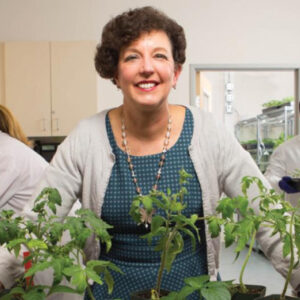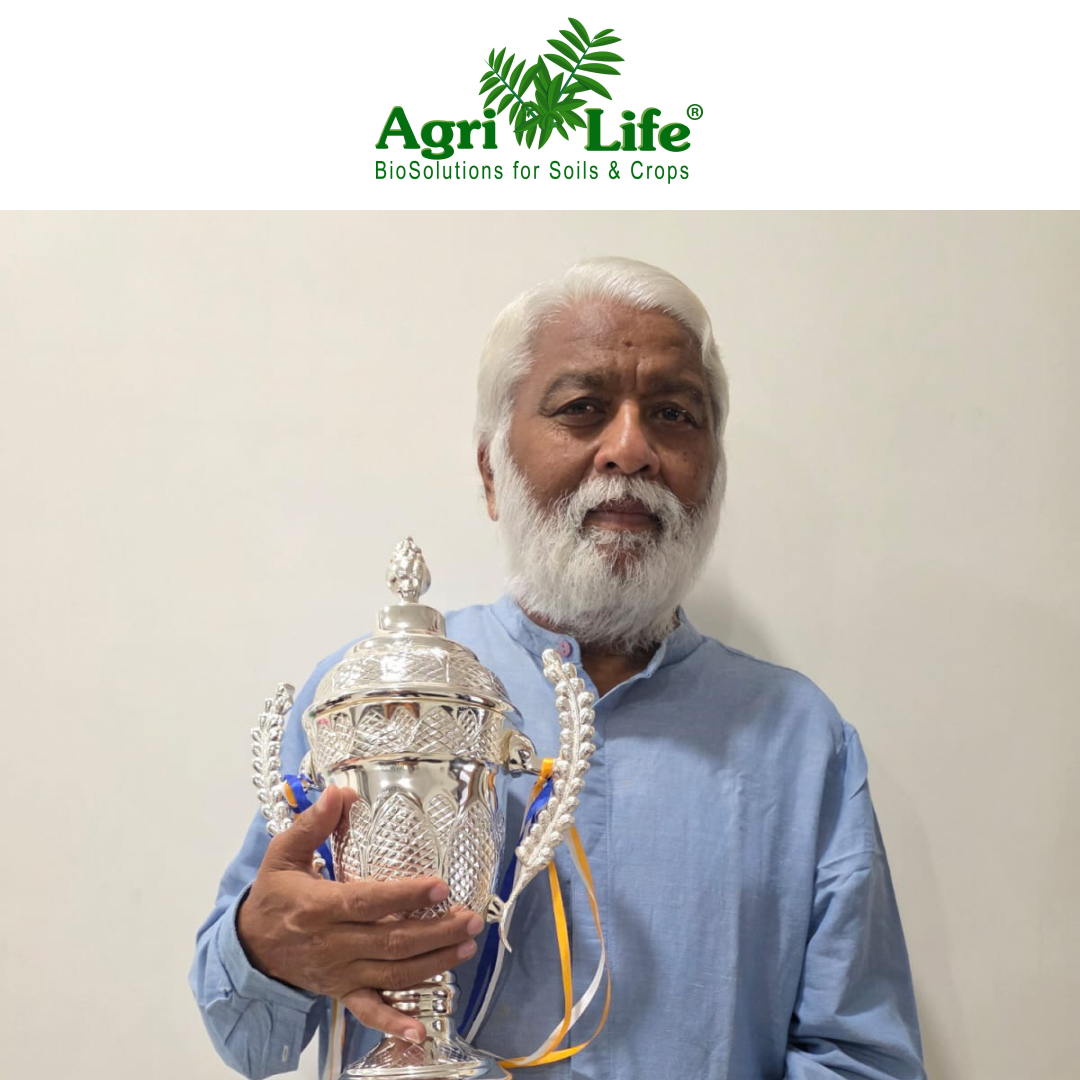
At the June Biological Summit in Salinas, California, The Mixing Bowl revealed a map of the universe of biologicals companies. Though the map has 1200 companies but is not complete, as it is already very crowded and more could not be added. Many companies operate in multiple categories, increasing the complexity.Clearly the industry is dynamic and popular, especially for biostimulants and bionutrients where the barriers to entry are less, though there is no shortage of biocontrol companies either. Each week I learn about a new startup I have not heard of before. Many of these companies have unique technologies spun out from academic labs. Others have discovered some strains of Bacillus, Trichoderma, Pseudomonas, Azotobacter, Azospirillum, Bradyrhizobium, or Mycorrhizae and a few have completely novel microorganisms or plant extracts. I also come across companies that have been in business for many years with a suite of microorganisms, reaching $4-6 million in revenues and wanting to know how they can grow to the next level. With so many companies on this biologicals map, and the market so crowded, how can companies stand out, compete andgain traction?
The questions any company needs to ask are the ones the customers and investors will ask.
1) What field data does the company have behind their products?
Unfortunately, I meet companies that cannot afford many field trials. Yes, it does take money and enough field trials are needed to provide a level of confidence to your customers.
• Do you have both standalone small plot data as well as larger blocks with marketable and quality measurements? Yield/quality can be more important than percent control or number of pests or leafspots.
• Are on-farm demos integrated with real world programs?
• Are the trials compared with the growers’ standard programs? Or are your trials only comparing to the untreated? Comparing to the untreated is not particularly useful since farmers rarely don’t use anything.
2) Are there ROI calculations compared to standard programs?
• If your product is expensive than the competing products or standard programs, can you show a higher ROI?
• If it performs as well as the standards or competing products but not better, can you offer it at a lower price per acre or hectare?
3) What is the science behind the products? How is it differentiated from other products on the market?
• The science must be clearly articulated. Specifically, how does the product work on the pest or on the plant. It is not acceptable to say, I can’t tell you, “It’s proprietary.”
Why are so many startups’ websites so sparse on how the products work and what the actual technology is? I assume this is to keep competitors from knowing, but customers need to know more!
• Can you describe your competitive advantages – true scientific differences from other products on the market? If they are novel strains of known Mycorrhizae, Bacillus or Trichoderma species, specifically why are yours better? Incrementally better or a lot better? What data do you have to prove that? Do you have a novel formulation that gives it new and better properties? How do I know that? What have you compared it to?
4) What are the specific use instructions?
• Farmers need hand holding and education on how to use biologicals. Because so many biologicals have broad labels, they can be used on a large range of crops for many uses.
Biologicals are versatile and can often be used throughout the season in tank mixtures and in rotations or at planting, and in furrow. But, by not providing very specific use instructions, farmers are bound to have disappointments.
• What is the best timing? What is the crop phenology/stage at application? What can it be mixed with? Are there any tank mix limitations? Are there any soil types where it does not work? Does soil moisture matter? What kind of weather reduces efficacy or changes when or how I use it? What is the best rate for which pest or other type of use (stress reduction, nutrient uptake, etc.)? If the label says 1-4 liters/hectare, when do I use 1, 2 and 4? What should the pest pressure be when I apply it? When is it too late?
5) Does the product fill an unmet need in the market?
• In talking with farmers, despite using conventional products, they always have a long list of problems that conventional products are not solving. Your new biological will gain adoption much faster if an unmet need is filled. Some needs I have heard from USA farmers of late:
o Fusarium control on lettuce, tomato, berries and cucurbits
o Thrips control on citrus, onions, garlic, berries, lettuce
o Lygus control on strawberries
o INSV control on leafy greens
o Nematode control on multiple crops
o Low-cost Copper replacement
o Low-cost Sulfur replacement
o Bacterial disease control (incl. citrus greening and Pierce’s disease)
• And I am sure there are more!
While my thoughts above may seem obvious to experienced players, due to the number of new entrants and the number of small established companies faced with new competition and a rapidly changing landscape, we must get back to the basics. Survey after survey shows that about half of all farmers are confused by the category and won’t make the leap to try biologicals until they have more information and knowledge on how to successfully use the products on their farms. Once they do get that confidence and become users of biologicals, the surveys show that they give biologicals high marks on performance and ROI.






